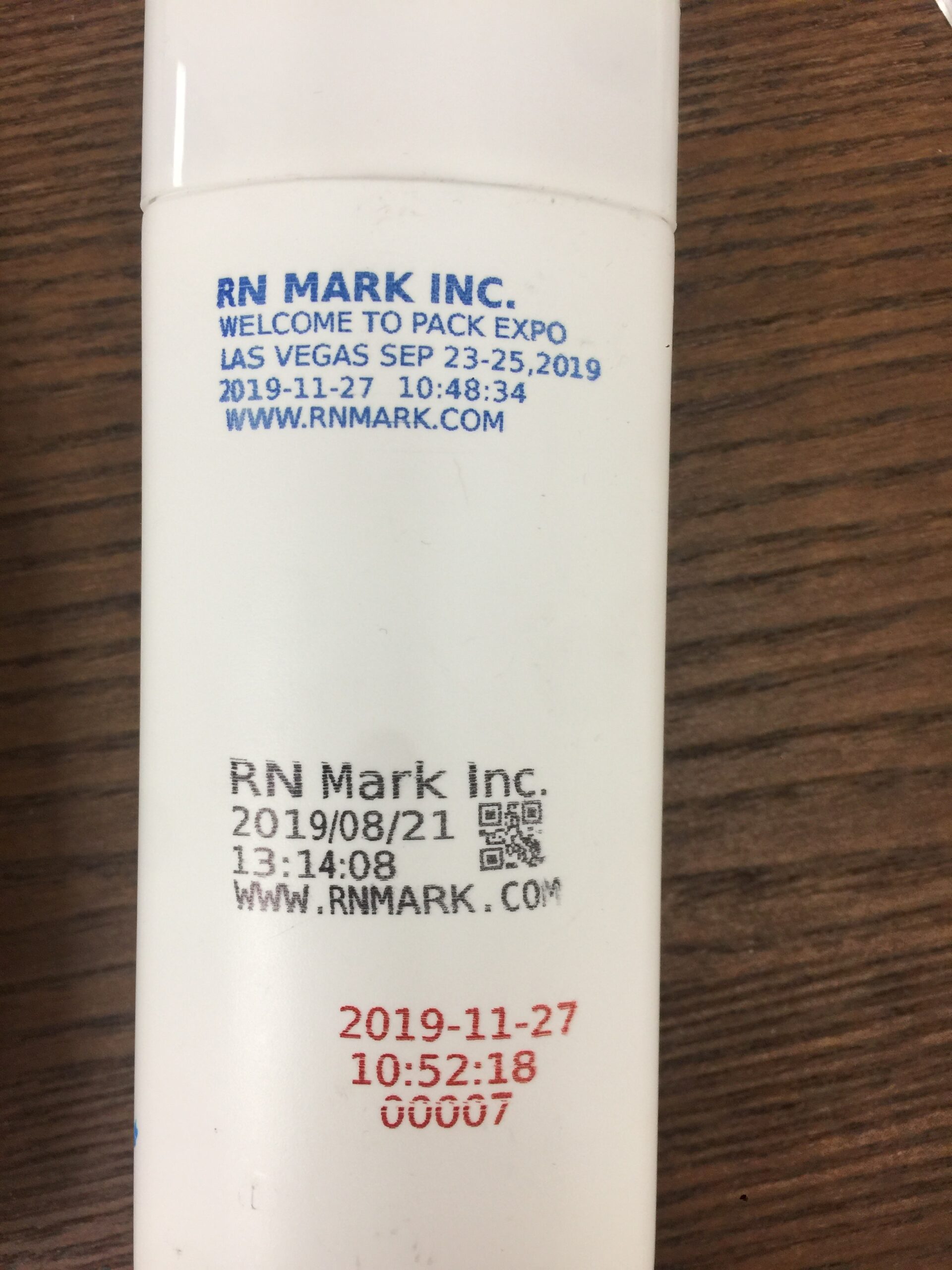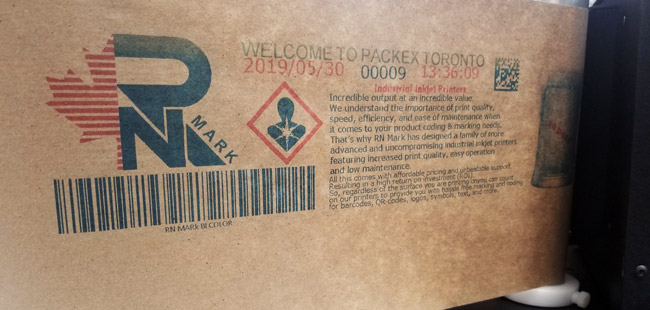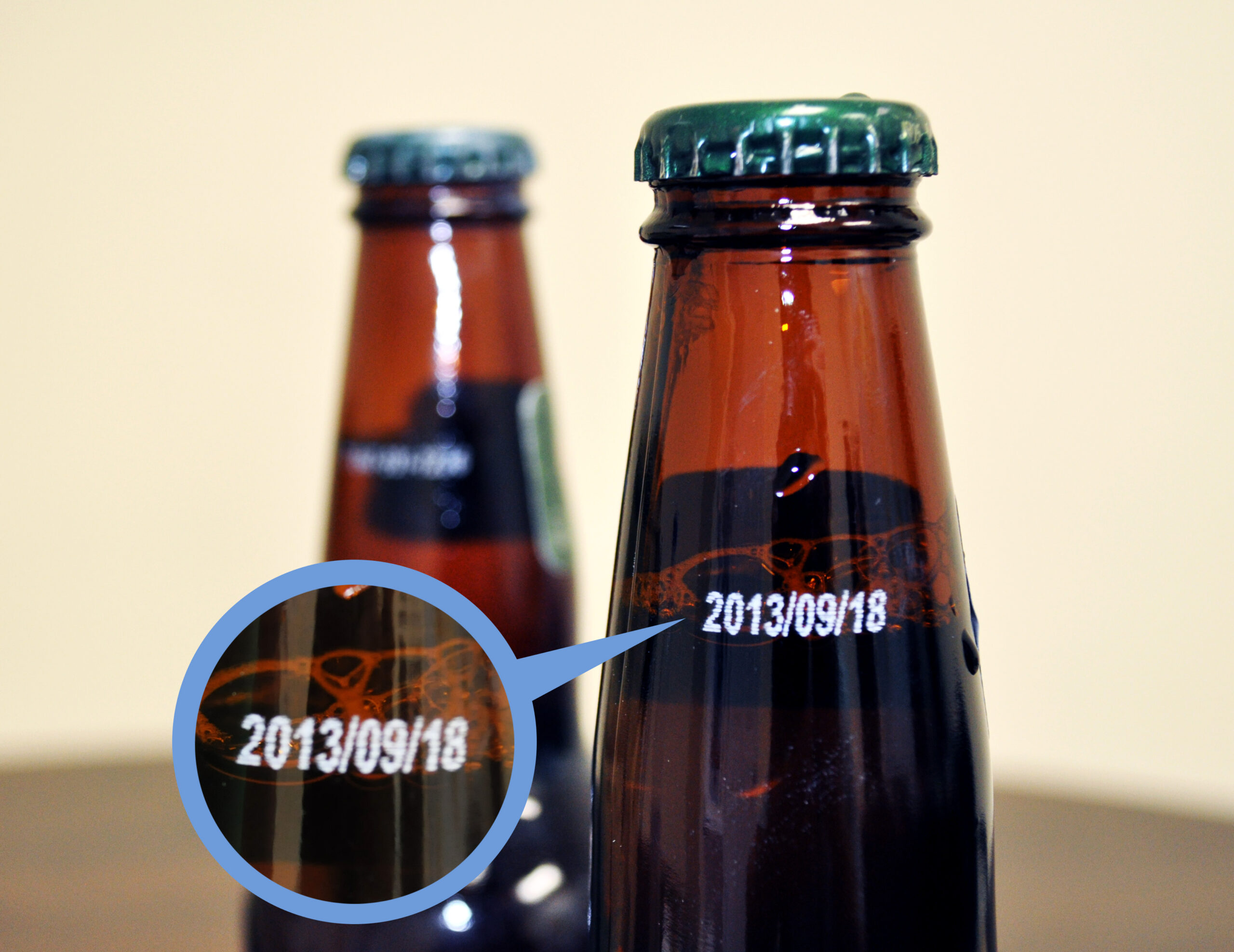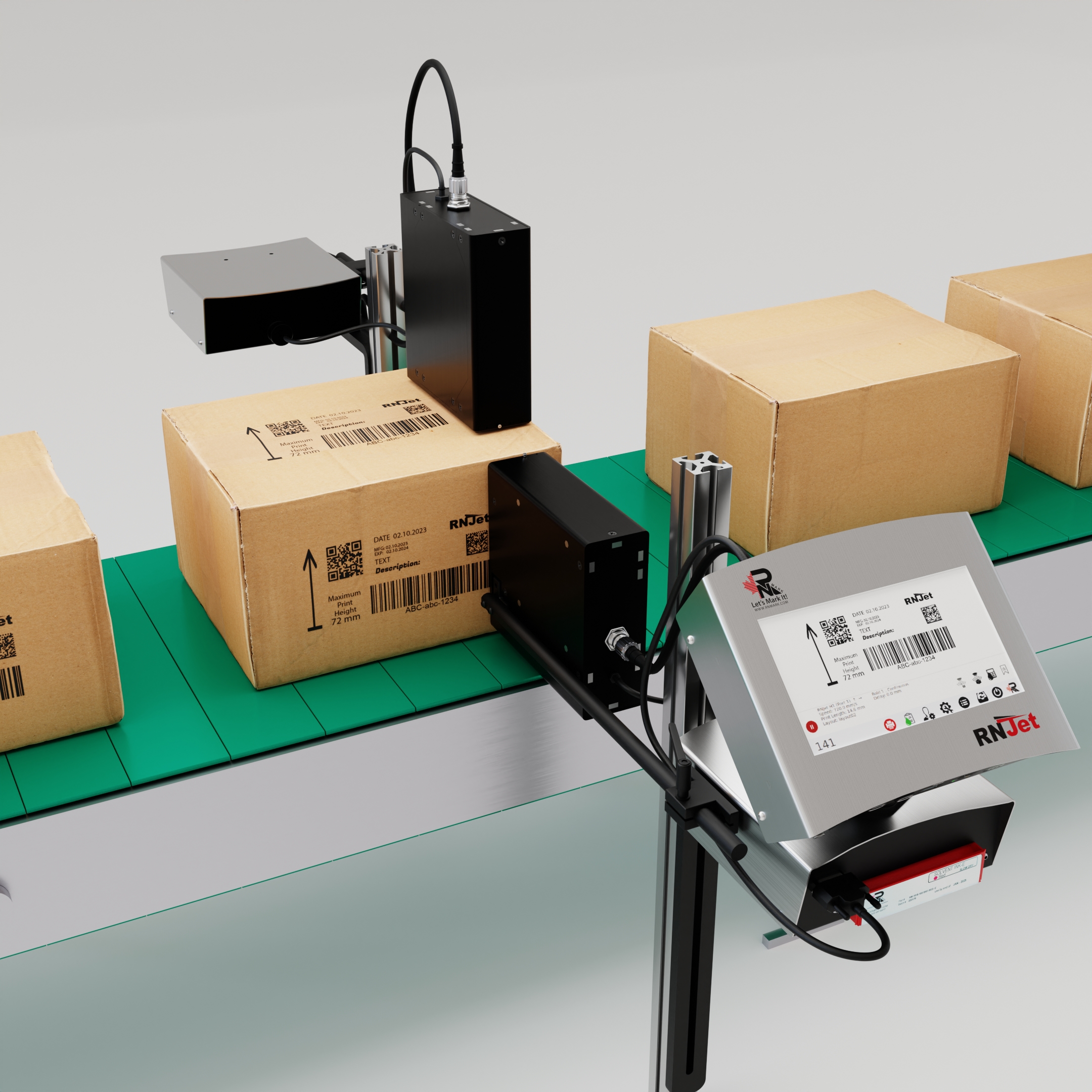You are considering getting a new thermal inkjet printer or a High-resolution DOD industrial inkjet printer. What you have to be aware of is which type of inkjet ink is the right fit for your application.
It is vital that every customer has access to clear information about the product they are consuming. From tracking & tracing to expiration dates, batch numbers, scannable QR codes, and more, selecting the proper ink for your project ensures a consistent, clear print every time.
The RNJet team is dedicated to bringing you specially formulated, top-shelf ink that adheres to almost any surface, and, more importantly, stays there permanently.
Here are some commonly asked questions regarding this important issue:
What types of inkjet inks are available?
This depends on the technology. For TIJ printers, we offer different types of solvent-based, water-based, and USDA-Approved food-grade inks. For piezo, we have oil- and solvent-based inkjet ink. Click here to learn more. A variety of colors are available, such as black, blue, red, yellow, white, UV Black, UV White, FDG light-red, and FDG blue.
Is bulk ink available?
Yes. Bulk inkjet ink is available.
What ink colors are available for the TIJ printer and Hi-Res piezo?
Solvent-based inkjet inks are available in black, pigmented white, pigmented yellow, blue, orange, and red. Oil-based inks for piezo technology are available in black, green, red, and blue. Water-based TIJ ink is available in black, blue, red, etc. Food-grade ink is available in dark pink, blue, and green.
What is the difference between oil and solvent-based inks for High-resolution piezo printers?
Oil-based inks are odorless and offer the advantage of being more resistant to water and lighter than water-based inks. Solvent-based inks are used as the carrier for the colorants, and the solvent evaporates during printing. The advantage of these inks is that they adhere to a wider range of materials. Oil-based inkjet ink could be used only for porous material (cardboard, paper, fabric) and solvent-based ink is perfect for both, porous and non-porous substrates.
How many prints can you get from a TIJ ink cartridge?
A number of factors determine how big the print will be, how many characters you want to print, which font you want to use, and what brand of TIJ printer you have. The best option is to create a layout and check the ink calculator on the printer. Our uniquely designed controller also features a built-in calculator, so you can get an estimate of ink usage for each of your prints.
Can we switch from solvent to oil-based ink for piezo printers?
Unfortunately, this switch cannot be made because of incompatibility with the print engine.
Can we print at temperatures below freezing?
We have great news for you! This is possible! We have special inkjet ink that can print below 5 Celsius Degrees without reducing print quality at all.
Which ink type is best suited to my needs?
The following factors need to be considered when determining the correct inkjet ink for your use:
- What kind of substrate will you be printing on? Is the material porous (cardboard, paper, non-finished wood) or non-porous (glass, metal, plastic)?
- What types of environments will the product be exposed to during its lifecycle? (Temperature range, humidity, presence of chemicals, etc.)
- How important is the ink’s drying time? Does your application require fast-drying ink?
- What types of adhesion characteristics does the print require? Strong adhesion, durability, or waterproofness?
Questions? Our knowledgeable team will be happy to help.





Comments are closed